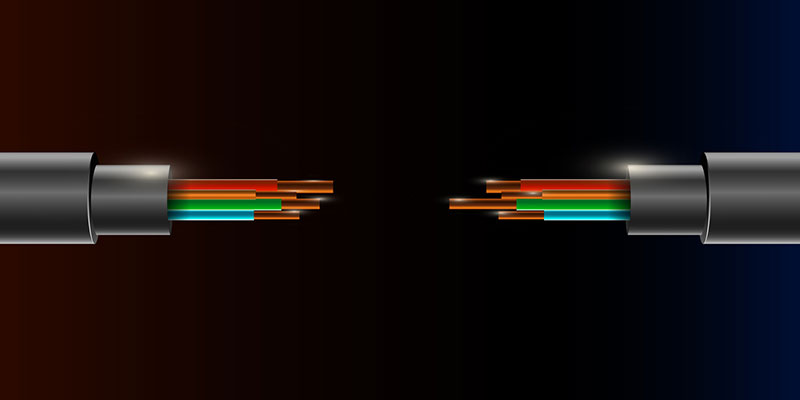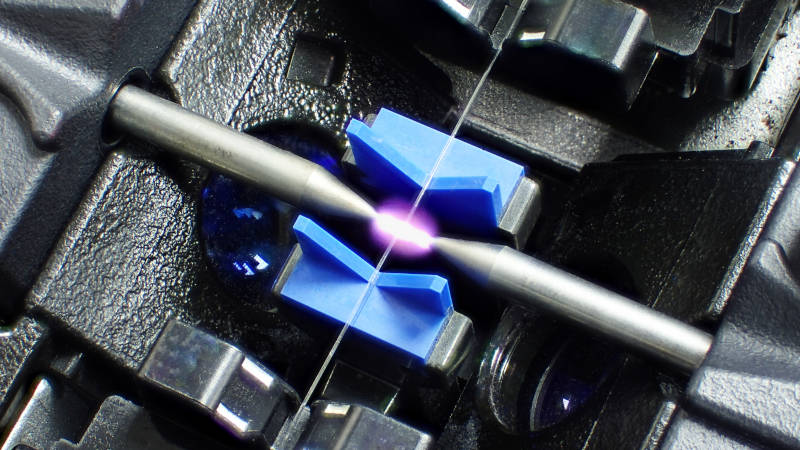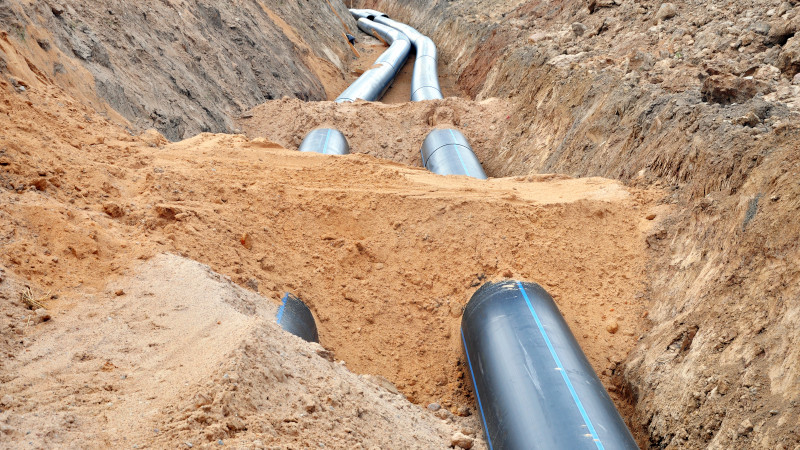8
Apr
The Pros and Cons of Mechanical Fiber Optics Splicing

When doing fiber optics splicing there are two choices for how to do it. One is fusion splicing, and the other is mechanical splicing. Fusion splicing will fuse the cables together, but mechanical fiber optics splicing will hold them together to connect them but will not fuse them together. Here are some of the pros and cons of mechanical fiber optics splicing.
Pros:
- Simple: Fewer fancy tools are required to mechanically splice fiber optic cables. This means you only need a few tools for stripping and cleaving the fiber optics and putting them together. This also means no power so you will not need power supplies in order to splice.
- Fast and Versatile: When there are situations where you need a quick, temporary connection or are in a position where fusing is not optimal, a mechanical connection may do the trip. The splicing itself can be done fairly quickly with a mechanical splice, and it can be used in many sub-optimal situations.
Cons:
- Loss: Insertion loss on a mechanical splice will be higher than for a fusion splice. Fiber optics can be finicky, so if you are looking for a long-term and robust solution then mechanical splicing may not be the solution.
- Difficulty Aligning: Physically aligning the fiber optics with each other can be its own difficulty. This means that doing the physical act of mechanical fiber optics splicing, which can be done relatively quickly, can be tricky and may have difficulty lasting long-term.
While mechanical splicing is a great solution in many situations, oftentimes fusion splicing is a better long-term solution. Make sure to watch the pros and cons of mechanical splicing to see if it is right for your situation.






